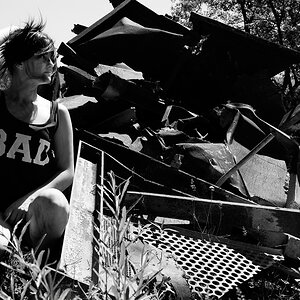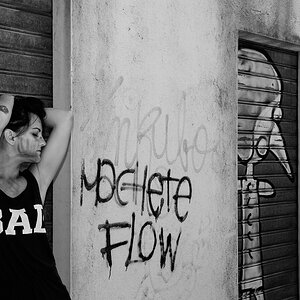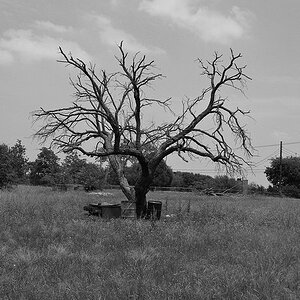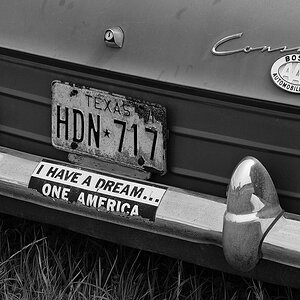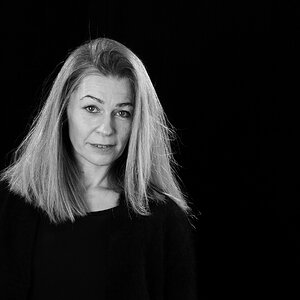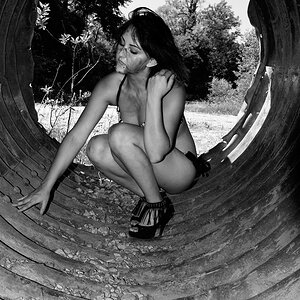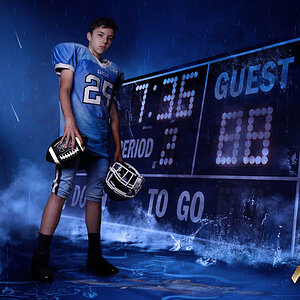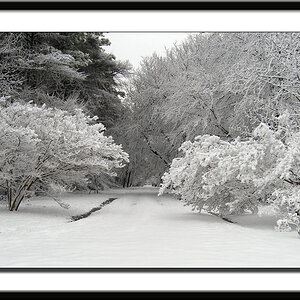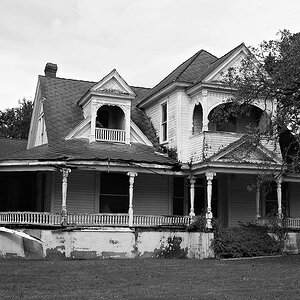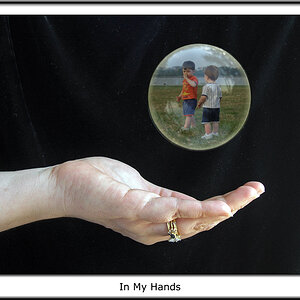Weaving Wax
TPF Noob!
- Joined
- Aug 23, 2006
- Messages
- 678
- Reaction score
- 0
- Location
- U.S.
- Can others edit my Photos
- Photos OK to edit
So, I'm fairly new to photography as some of you may know. I'm BRAND new to film. And took a few shots with my first roll of color. I got them back today..
I'm looking for some pointers and stuff...
Some of these are blurry, probably from being hand-held, but the photos are overexposed and everything looks blown out.
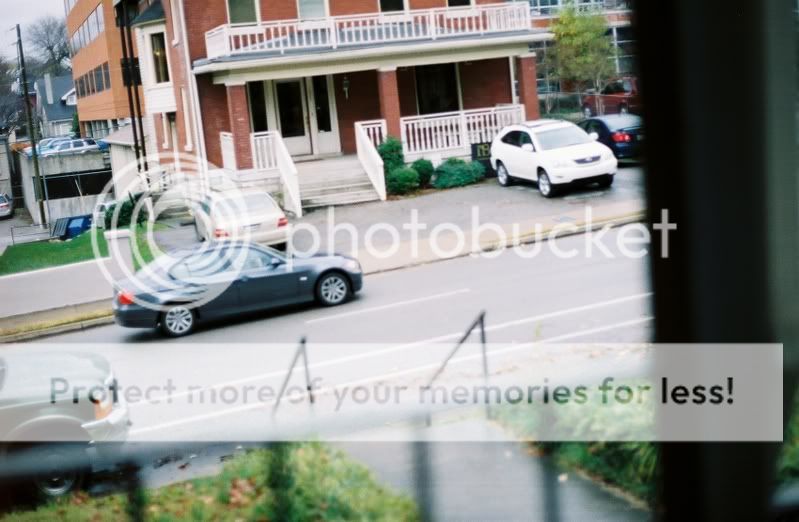


These are some taken at night, which did turn out a bit better...
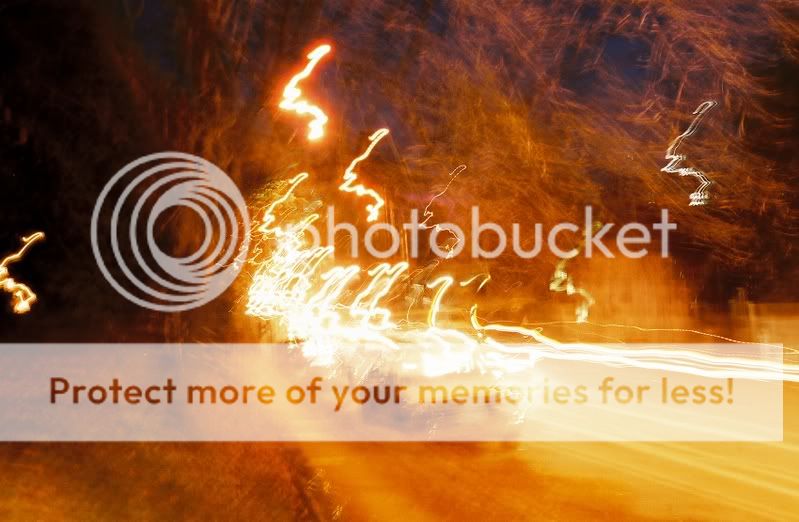
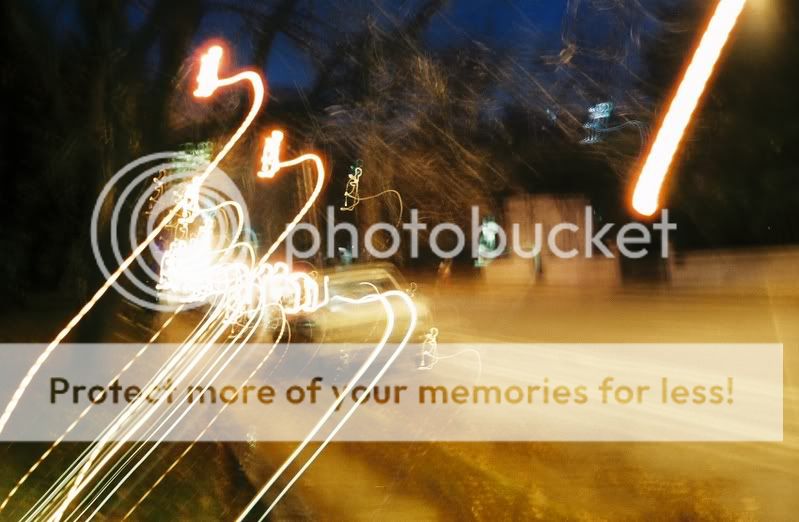
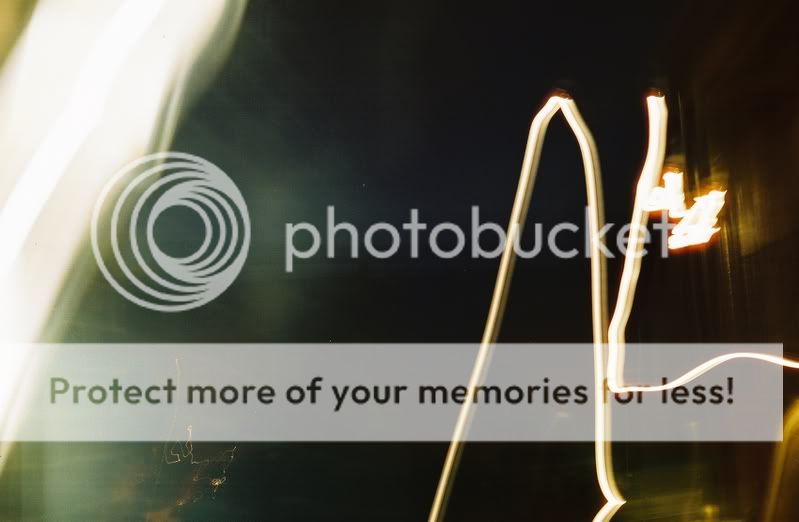
I know these really have no "subject" or artistic value, but I want to learn the basics of photography..I know I should "aim" for something and I kinda did, but as you can see...things didn't turn out as hoped..
For the daytime ones, it was a bit overcast and I used apertures ranging from 1.8 (the lowest on my camera) in Av to, 8, 11. I read that if you want more of the photo in focus, you'll want a lower aperture and if you want to blur everything except for one thing in the picture, you'll want a faster aperture. I'm also taking notes from the articles on B+W photography, so I'm hoping I improve...So, yeah...you can rip them apart..They're my first.
I'm looking for some pointers and stuff...
Some of these are blurry, probably from being hand-held, but the photos are overexposed and everything looks blown out.



These are some taken at night, which did turn out a bit better...



I know these really have no "subject" or artistic value, but I want to learn the basics of photography..I know I should "aim" for something and I kinda did, but as you can see...things didn't turn out as hoped..
For the daytime ones, it was a bit overcast and I used apertures ranging from 1.8 (the lowest on my camera) in Av to, 8, 11. I read that if you want more of the photo in focus, you'll want a lower aperture and if you want to blur everything except for one thing in the picture, you'll want a faster aperture. I'm also taking notes from the articles on B+W photography, so I'm hoping I improve...So, yeah...you can rip them apart..They're my first.


![[No title]](/data/xfmg/thumbnail/37/37245-5f15b292311b21913f10cc41f40682ba.jpg?1619737952)
